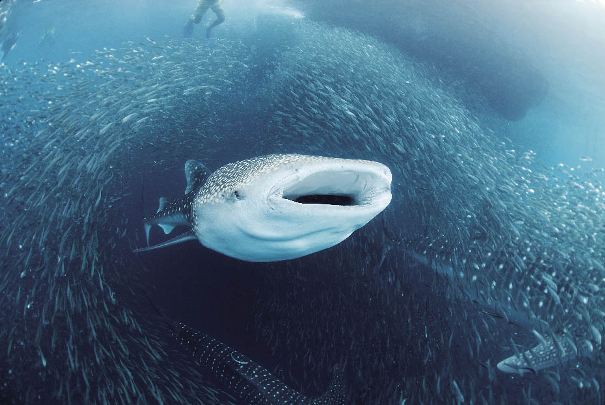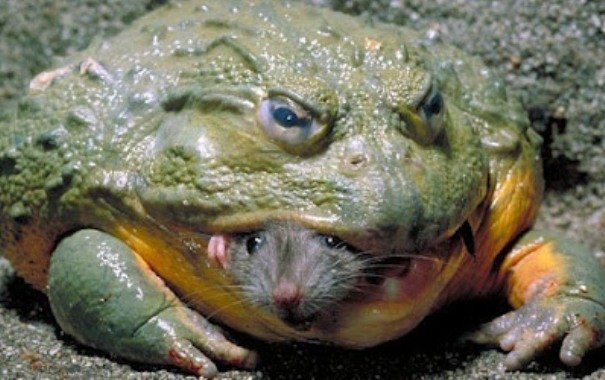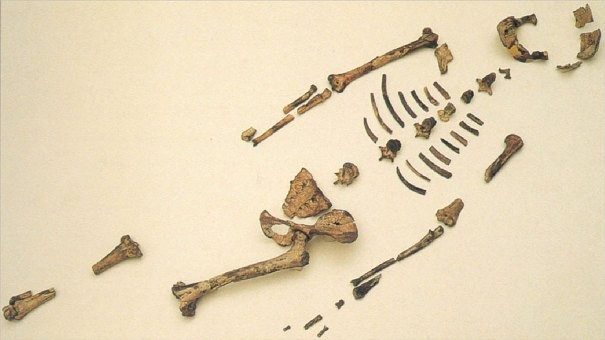10 Weird Africa Facts You Have Never Heard Of
For some people, Africa is still shrouded in mystery and a lot still remains unknown about the world’s largest black continent that shelters more than 1 billion people. While the continent takes its time to decide on the path of development, it is worthy of note that there are a few weird Africa facts that may sound unbelievable to the elite mind. Some can be explained while some cannot be explained but still regarded as a fact. Apart from having the most beautifully shaped and distinct map on the modern geographic atlas there are a few strange and weird facts about Africa which you may never have known. Most bizarre things are products of nature and can only be explained by the same hence, it is not a surprise that Africa has it’s fair cut of unusual, strange, bizarre and weird objects, formations and customs. Answers Africa presents the list of weird Africa facts:
Weird Facts About Africa
Image Credit: Felipe Barrio
10. In the months of October to January, you can swim with whale sharks in the Gulf of Tadjourah in Djibouti located in the Indian Ocean at the western end of the Gulf of Aden. This is possible because of change in ocean currents and high concentration of plankton in this area during this season.
9. The most luxury train in the world to date is found in South Africa. It is named “The Rovos Rail”. Rovos Rail is a privately owned railway company operating out of Capital Park Station in Pretoria, South Africa and it is arguably the most luxurious train in the world. Its route covers the entire Southern Africa, from South Africa to Namibia and Tanzania.
8. The world’s biggest frog comes from Cameroon. It is can grow up to 33 cm in length (over one foot) excluding the legs which can also be up to 1 foot long when stretched. They are known to be the largest species of frog on earth and are called Goliath Frog.
Congo war
7. The Second Congo War killed an estimated 5.4 million people. It started in 1998 and involved eight African countries. It is said to be the largest war in African history. This made the Second Congo War the deadliest worldwide conflict since the second World War. The war was officially ended after 8 long years (2006) however, there are still hostile activities till this present day.
6. South Africa has the highest number of people living with HIV/Aids in the world (5.6 million). That is approximately 9% of the entire population and an adult prevalence rate of 17.8% (15-49 years). This value is the highest in the world and quite significant when compared to Canada with 56,000 and Croatia and Quatar with only 200.
5. Benin, a country in West Africa has the highest national average of twinning, with a whopping 27.9 twins per 1,000 births. This evidence was based on databases for 76 developing countries which forms the the most comprehensive study on twins so far for the developing world. This includes data on approximately 2.5 million births by nearly 1.4 million women which was collected between 1987 and 2010. It is on record that of the developing nations studied, 13.6 twins per 1,000 births were born on average.
4. In Tunisia, the images of fish are commonly used because it is believed that it offers protection against evil. You would often find new buildings with fish bones or fish tails embedded in them while construction is ongoing. Cars are not left out as they have brightly colored fishes attached to them which could be in plastic or cloth form. This is done to provide protection to the passengers.
Fossil remains of Australopithecus afarensi, known as “Lucy,” were first discovered in Ethiopia and Tanzania – Dirk Van Tuerenhout/AP
3. The skeleton of “Lucy,” a hominid who had lived approximately 3.2 million years ago was identified in 1974 and has been considered a common ancestor to the human family. This jaw dropping discovery took place in Hadar, Ethiopia and that was not the end. In 1979, a 165-foot trail of the earliest hominid footprints was discovered in the Kibish region of Tanzania. With these facts, the North-Eastern Africa was marked as the birthplace of humanity.
2. The “evil eye” originated in North Africa and the Mediterranean region of Africa. It is widely believed that the “evil-eye” causes harm or bad luck especially when the individual is already vulnerable or sick. In Morocco, it is common for men and boys to decorate the backs of their cloaks with bright red eyes to reflect back and cast off the look of the evil eye.
Image Credit: Mike and Ann Scott of the Namib Rand Nature Reserve
1. Fairy Circles (Circles of life and death): In the sandy desert grasslands of Namibia in southern Africa, mysterious bare spots known as “fairy circles” has been known to appear. The circles would form and then disappear years later for no reason. Sometimes, the largest of the circles can linger for a lifetime.
The small fairy circles once formed can stay up to an average of 24 years, while larger ones can last up to 75 years. In 2005, tens of thousands of Fairy Circles formed which exposed the red sandy soil in the area. A short time after the circles formed, a tall ring of grass grows around the border, highlighting the bare area.
Looking at the circles, one may assume that they mark underground nests of harvester termites. However, digs have shown no evidence of termite nests under fairy circles and no other explanations has been able to provide an acceptable answer.
Read more: http://answersafrica.com/africa-facts-strange.html#ixzz2bfgnRLSr
Under Creative Commons License: Attribution










Nenhum comentário:
Postar um comentário